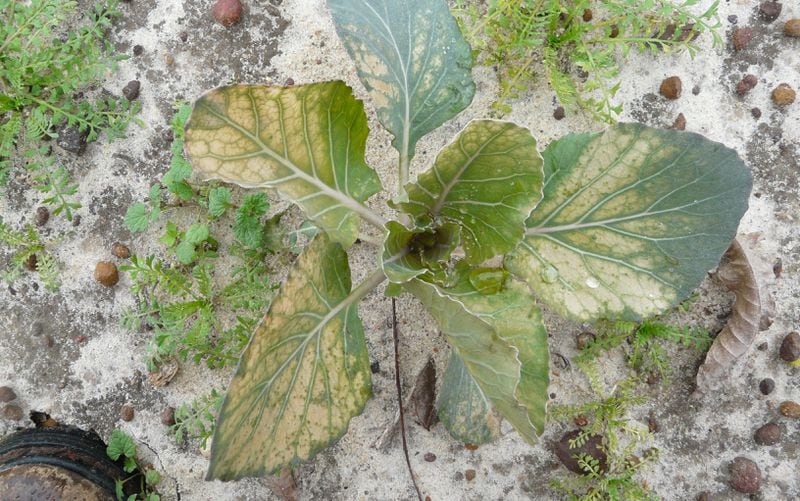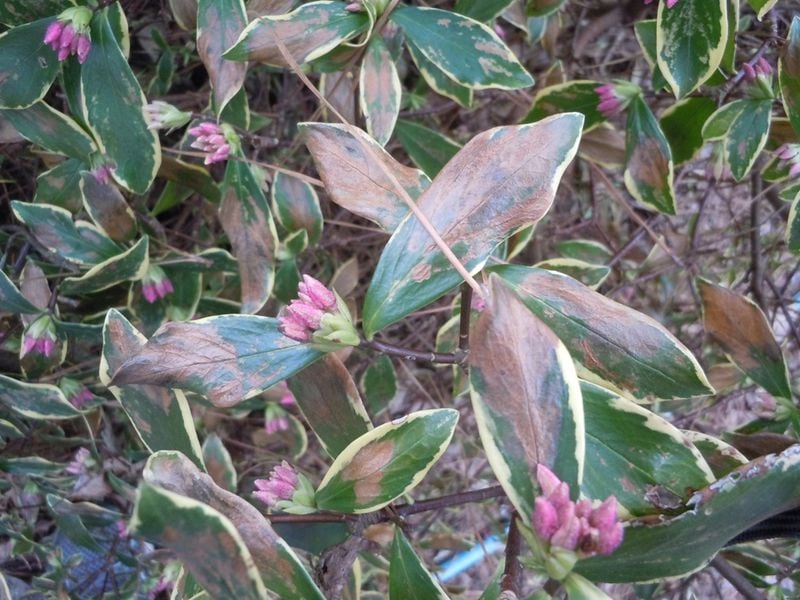When cold weather hits, it’s not just people who need to take cover. Some plants may need to be covered to ensure that they survive the cold temperatures.
"The purpose of covering is to capture the earth's heat," Walter Reeves, who's known as "The Georgia Gardener," explained.
However, a protective covering isn't always needed.
"I see people covering plants more readily than perhaps they should," Reeves said. Many plants — such as azaleas, pansies and hollies — can survive just fine without any covering.
Some may wilt overnight, but they'll perk up again the next day. Reeves said he has an aucuba shrub that behaves this way in the winter.
When to cover
Deciding whether to cover your plants is a decision that's based on several factors, including the hardiness of the plant as well as its location. Newer plants are more susceptible to the cold than well-established plants.
A plant's location is also important. If it's near a tree, fence or other structure, it will be more protected.
Plants may need covering if there's a long period of 25-degree weather, but they probably can survive a very short-lived cold snap during the night, Reeves said.
Calm nights are actually harder on plants than nights with light winds. Unlike people, plants don't "feel" the wind chill, and the movement of the wind can help keep cold layers from forming close to the ground.
Credit: Thomas County/University of Georgia Cooperative Extension
Credit: Thomas County/University of Georgia Cooperative Extension
What to use
Commercial growers often use floating row covering, according to Reeves. This thinly woven polyester cover reflects heat but allows irrigation to go through.
You can also use plastic, but it should be black, not clear. Most people are surprised by this, Reeves said, but clear plastic has to be removed on sunny days because it will create a greenhouse effect if it's left on. Black reflects sunlight, so you can leave it on for a few days.
Cloths such as quilts aren't always the best choice, because if they get wet, they'll become very heavy. This can mash down many types of plants.
Cardboard boxes can serve as good covering material, he said.
How to do it
While some people will loosely throw a cover on a shrub, that probably doesn't do much good, Reeves said.
Instead, the edges of the cover you choose need to be securely anchored to the ground. You can use firewood, bricks or rocks for this purpose.
What to do with container plants
Container plants are particularly vulnerable to the cold because their roots aren't in the ground. If possible, move plants inside a garage, shed or basement. If you're leaving them outside, push them together and cover them. Wrap the containers in plastic or burlap to help them stay warmer.
Adding mulch
A layer of mulch can help protect perennials and newly planted shrubs and trees when cold temperatures hit. As the soil freezes and thaws, it can push some shallow roots out of the ground, making them even more vulnerable, and mulch helps provide a layer of protection. Just make sure to keep the mulch a few inches away from the plant to avoid rot.
Wrapping trees
If you have young trees or varieties that have thin bark (including some fruit trees), wrap them with a trunk wrap. Otherwise, as the bark expands in warm temperatures and contracts when it gets cold, the bark may split.
About the Author







